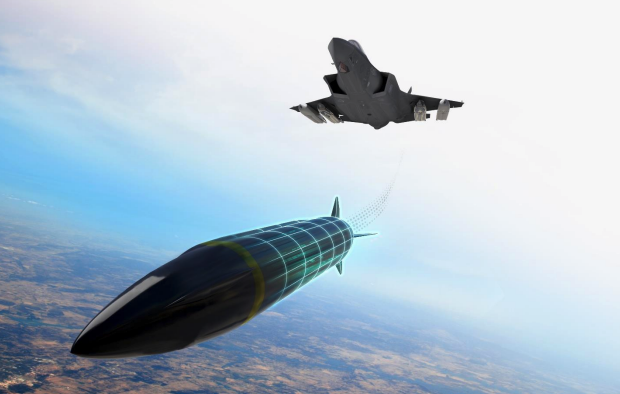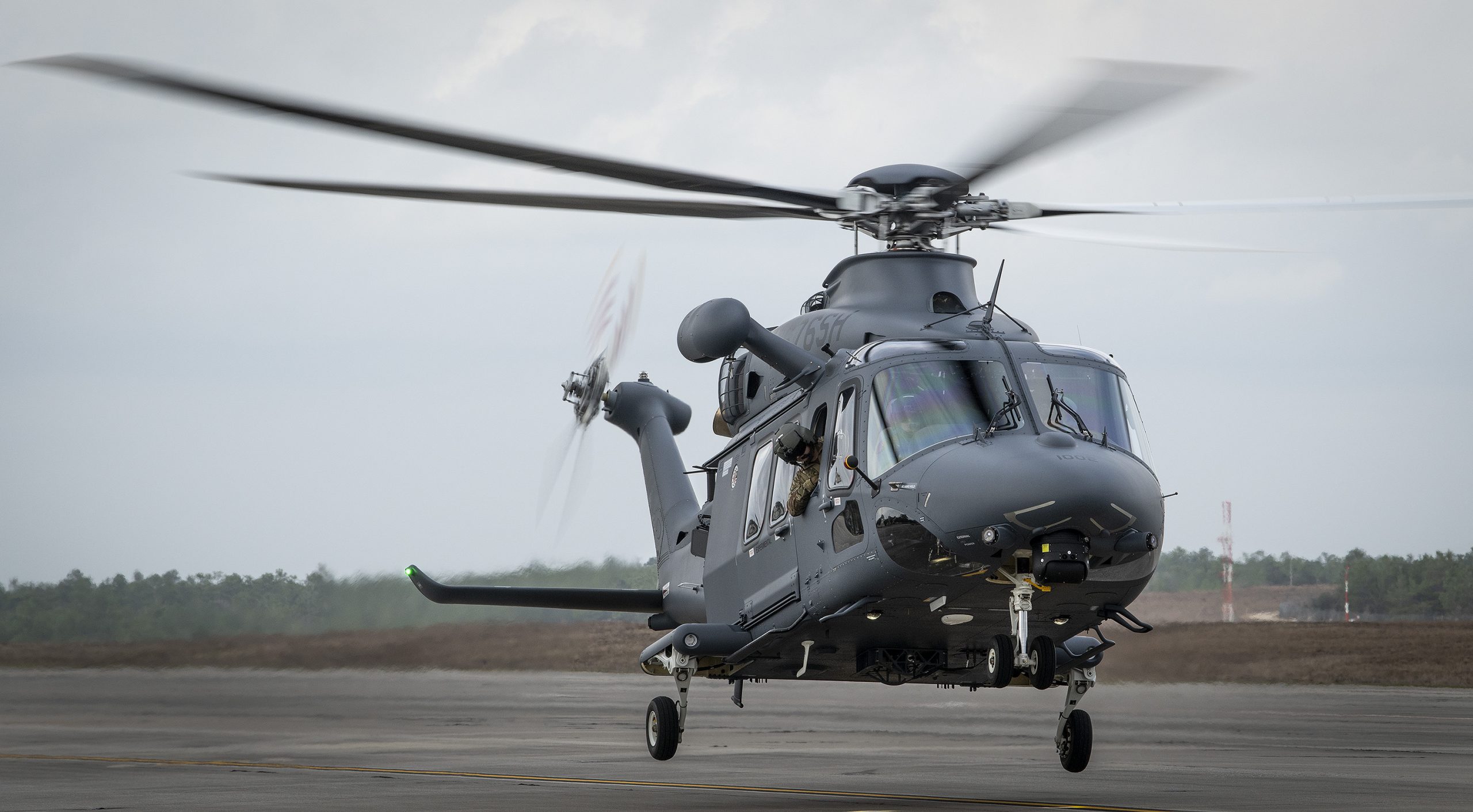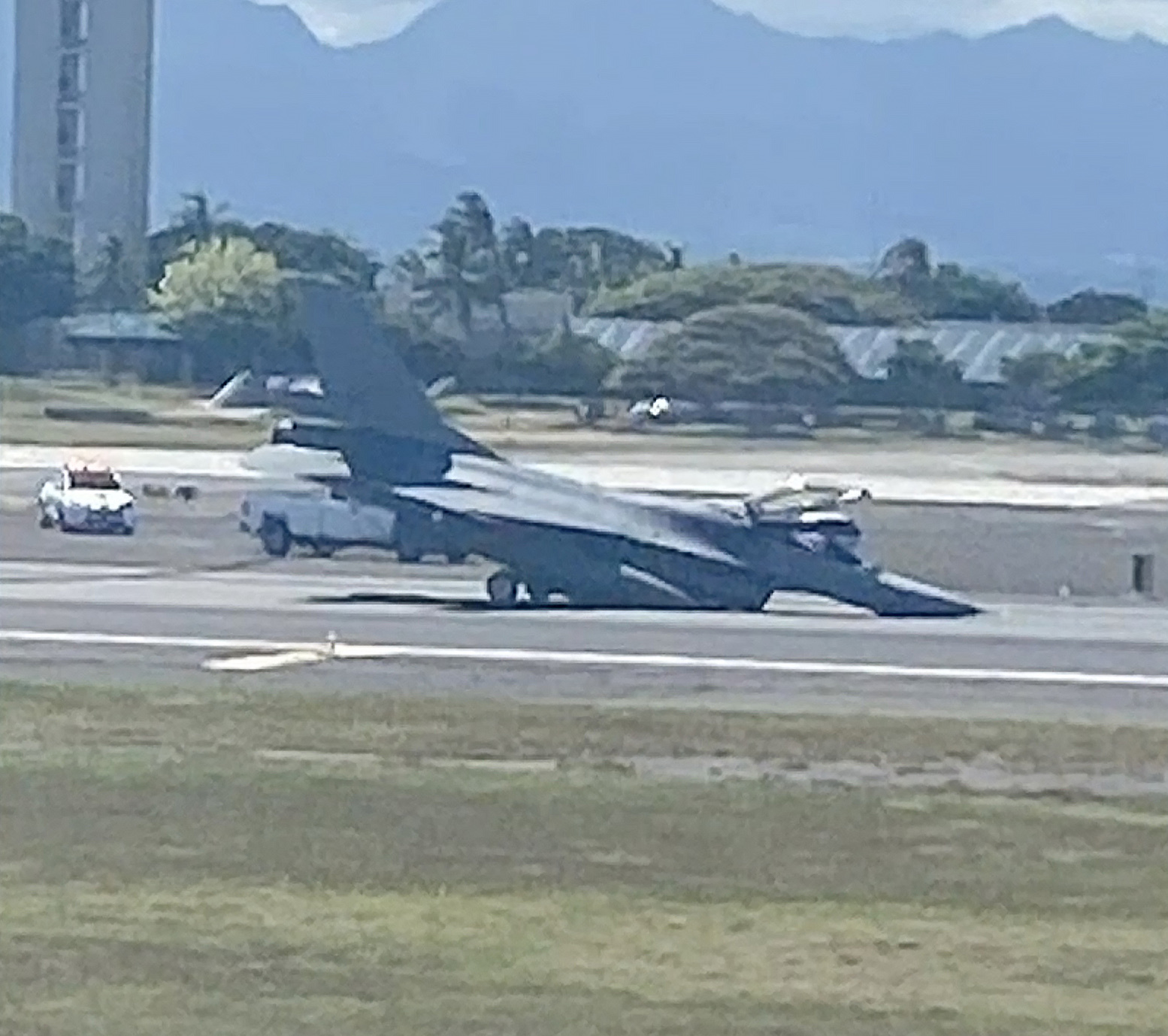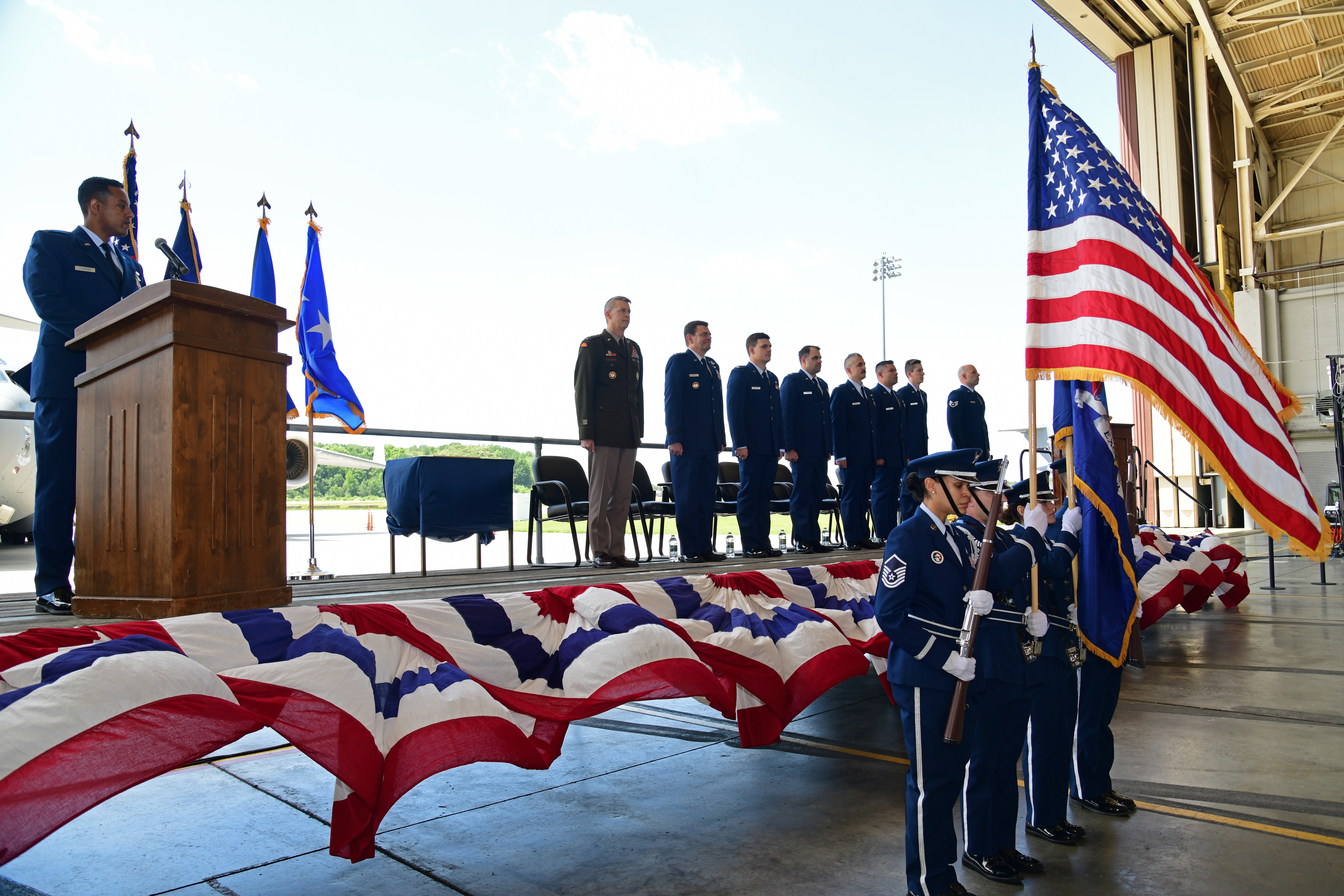Three contractors received 90-day, $2 million contracts to begin work on the Stand-in Attack Weapon, or SiAW, one of the Air Force’s next generation of air-to-ground munitions. Lockheed Martin, L3Harris, and Northrop Grumman got contracts for the work out of a five-competitor field that also included Boeing and Raytheon Technologies.
It was not immediately apparent whether the three companies will do competitive or complementary work under the contracts, which were awarded May 25. The five contenders were deemed the only ones qualified to do the work according to an Air Force statement from May 2021.
Lockheed Martin said its contract is to perform integration work for SiAW and that it will produce hardware over the next five years, which the Air Force will then test and evaluate for possible production.
The Air Force has budgeted $1.9 billion for SiAW development over the future years defense plan starting in fiscal 2023 and continuing until 2027. The fiscal 2023 request is for $283.2 million, and development funding is expected to peak in fiscal 2026, with $718.2 million planned.
“We’ve been asked to present an open, agile, and digital weapon that can be rapidly upgraded through digital engineering,” said Bryan Gates, senior manager of Northwest Florida Operations for MFC’s air dominance and strike weapons unit.
“This is an open system architecture, with a digital design, that allows us to bring in different pieces and parts from subcontractors [and] other companies to develop this weapon,” and the Air Force will decide that mix, Gates said. The Air Force is also pursuing modular approaches involving air-to-air missiles and uncrewed aircraft to derive greater flexibility and adaptability from its future force.
In a press release, Lockheed Martin linked to a YouTube video showing an F-35 launching six SiAWs—four from underwing stations and two from its internal weapons bays. The weapons fly straight ahead and then straight up before the video ends. Gates said this flight profile is typical for weapons that will travel some distance before striking their targets.
“If you’re launching from any type of distance, you’re gonna get some altitude to derive your target solution,” he said.
The video suggests the SiAWs can be volley-launched and guide to their targets simultaneously. Gates declined to say what kind of guidance the weapon uses, referring any operational questions to the Air Force.
While the Air Force plans the weapon for use on the F-35, “I would stay away from” saying it is the threshold platform, Gates said. “It depends on what the Air Force wants to do with it.”
As an open-mission systems round that can be digitally re-tuned and improved, “that would mean that they can use it on whatever they want to use it on.”
The SiAW apparently builds on work done with Northrop’s Advanced Anti-Radiation Guided Missile (AARGM) for the Navy, itself a derivative and expansion of the AGM-88 HARM air-to-surface anti-radiation missile. USAF’s initial acquisition strategy was to pursue the weapon sole-source from Northrop Grumman, but in April 2021, it decided to open the program to other contenders.
Gates said Lockheed Martin’s offering includes “the ability to have pieces or parts rapidly upgradeable within the weapons” that can address a changing threat. The Air Force will “decide on seekers, motors, internal warheads, internal parts to the weapon, and as the threat changes, we’re able to change those parts of the weapons.”
The contract calls for “leave-behind materials after 60 months,” which Gates said will be “weapons for the Air Force to use … and move forward into production.” He described the contract as a “rapid prototyping” type. He could not say how many assets the Air Force will have to work with at the end of the five-year development phase. He could not speak to program milestones.
Gates noted that Air Force Chief of Staff Gen. Charles Q. Brown Jr.’s mantra of “accelerate change or lose” and said, “that is what this program is all about: taking mature technologies, making sure we’ve got them … digital … upgradeable … affordable and beneficial to the warfighter.”
He noted that under the “One LM” rubric, other divisions of Lockheed Martin contributed to the offering; notably the Advanced Development, or “Skunk Works,” unit, which used its “Star Drive” digital design technology, which he said was “heavily leveraged” for SiAW.
If the SiAW goes into production, Gates said it hasn’t been decided where it would be built. But the goal of the digital design “was to shorten the developmental timelines … turn it over to our production facilities and … turn out weapons as quickly as we can.” He added that Lockheed Martin is “excited to partner with the Air Force and get this done.”







